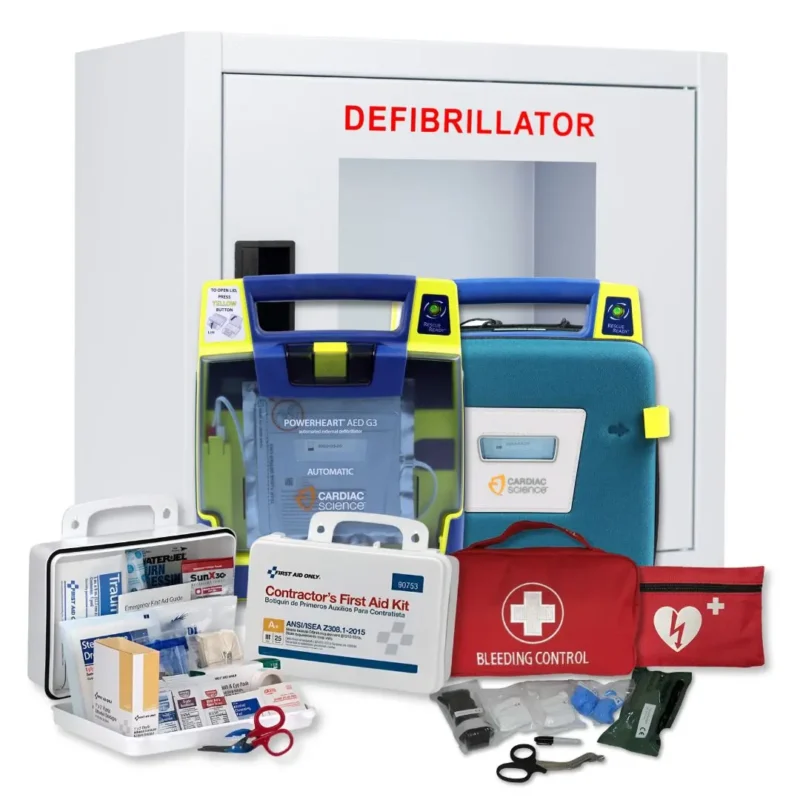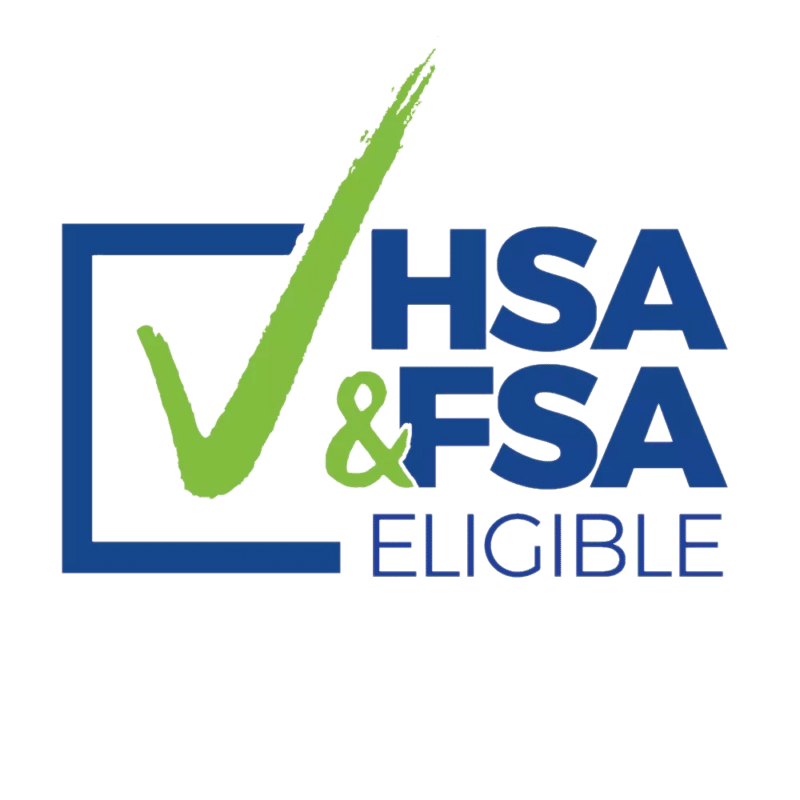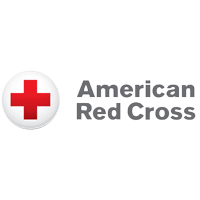No products in the cart.
AED's
AED Awareness Campaigns: Promoting Education and Preparedness
Every year in the US alone, sudden cardiac arrest (SCA) kills over 350,000 individuals – which underscores its devastating toll and emphasizes its criticality to understand both what an Automated External Defibrillator (AED) is as well as how best to use one. AED awareness campaigns play an essential role in spreading knowledge while spurring action – potentially saving many lives as the gap between knowledge and action narrows further.
Understanding the Importance of AED Devices

AEDs are portable devices used to diagnose and treat life-threatening cardiac arrhythmias using electrical therapy. If used promptly and correctly, AEDs can restore normal heart rhythms significantly increasing the chances of survival. Unfortunately, many remain unfamiliar with how AEDs operate leading to missed opportunities to intervene at critical moments.
Awareness Campaigns Provide An Opportunity To Drive Behavior Change
Awareness campaigns are critical in filling this void, informing the public of AEDs’ existence and importance while de-mystifying and decreasing fear surrounding their use. By dispelling myths surrounding AED use and decreasing fears about use, such campaigns can foster community readiness – and possibly save lives!
Effective Messaging and Media Outreach Solutions.
An effective AED awareness campaign usually starts with clear, engaging messaging that conveys its importance in emergencies as well as its availability for use by laypersons rather than only medical professionals. Campaigns typically utilize various media outlets like social media, P.S.As, or community workshops to reach as wide an audience as possible.
Education and Training Are Necessary Components for Success
Education lies at the core of these campaigns; training sessions and workshops are conducted to educate individuals on how to use an AED efficiently, often including hands-on practice with it during these sessions. Training often covers essential skills like recognizing sudden cardiac arrest symptoms, performing CPR effectively, and using their AED for shock delivery if required – the more familiar people become with these procedures, the more confidently they’re likely to act during emergencies.
Enhance Accessibility and Visibility
An important goal of AED awareness campaigns is educating the public on where AEDs can be found. AEDs may already exist in public locations like schools, sports facilities, and shopping malls but without sufficient awareness, these devices might go unused when necessary. Campaigns often provide details regarding where devices exist as well as advocating for installation in high-traffic/risk areas where more devices might be beneficial; signage/mapping tools help make AEDs visible and easily accessible to their intended audiences.
Engaging Local Organizations and Businesses
Integration of local organizations and businesses in AED awareness campaigns is also vitally important. Schools, workplaces, and community centers all play important roles in raising AED education awareness; by working in tandem with these entities to plan campaigns that reach specific audiences while adapting messages accordingly – such as training teachers and staff at schools while emphasizing AED presence within office environments.
Measuring Campaign Impact and Results
Awareness campaigns around AEDs have an undeniable and tangible effect. Data shows that communities with robust AED programs and extensive public education enjoy higher survival rates after cardiac arrest victims experience out-of-hospital cardiac arrest, according to one study published in the Journal of American College of Cardiology. Survival rates were even greater among areas that offered wide AED training and readily accessible devices – this highlights the vital need to continue raising awareness, so more people become competent at using AEDs effectively in emergencies.
Addressing Misconceptions and Challenges in Addiction Counseling (ACAC)
Though progress is being made, challenges still exist. Misconceptions surrounding AEDs such as their perceived difficulty or restrictions to medical professionals onl use can impede their effectiveness, necessitating continued education and advocacy campaigns to highlight how AEDs are user-friendly devices with step-by-step voice prompts that guide users through the process.
Integrate AED Awareness into a Broader Education Curriculum
Integration of AED awareness into larger health and safety education programs can also help build momentum. By including AED training initiatives in first aid courses, school curriculums, corporate wellness initiatives, or campaigns for emergency preparedness purposes, awareness about these lifesaving devices becomes part of everyday emergency preparedness plans.
Conclusion: Stepping Forward With Confidence
AED awareness campaigns are an integral component of public health efforts aimed at increasing survival rates following sudden cardiac arrest. Through AED education, accessibility, and community engagement efforts these campaigns serve as bridges between knowledge and action taken – ultimately the aim being that everyone feels capable and confident using an AED, potentially increasing emergency preparedness levels as a whole and saving many lives in emergencies. By raising awareness and creating a culture of readiness we move closer towards creating an ideal future where sudden cardiac arrest no longer poses such significant threats but rather opportunities.






